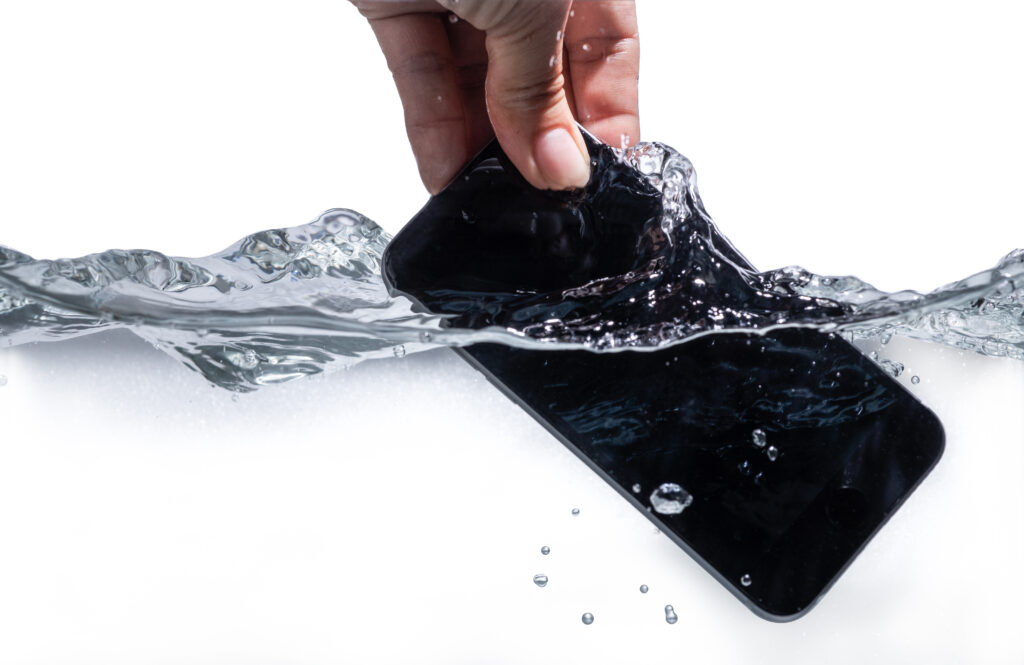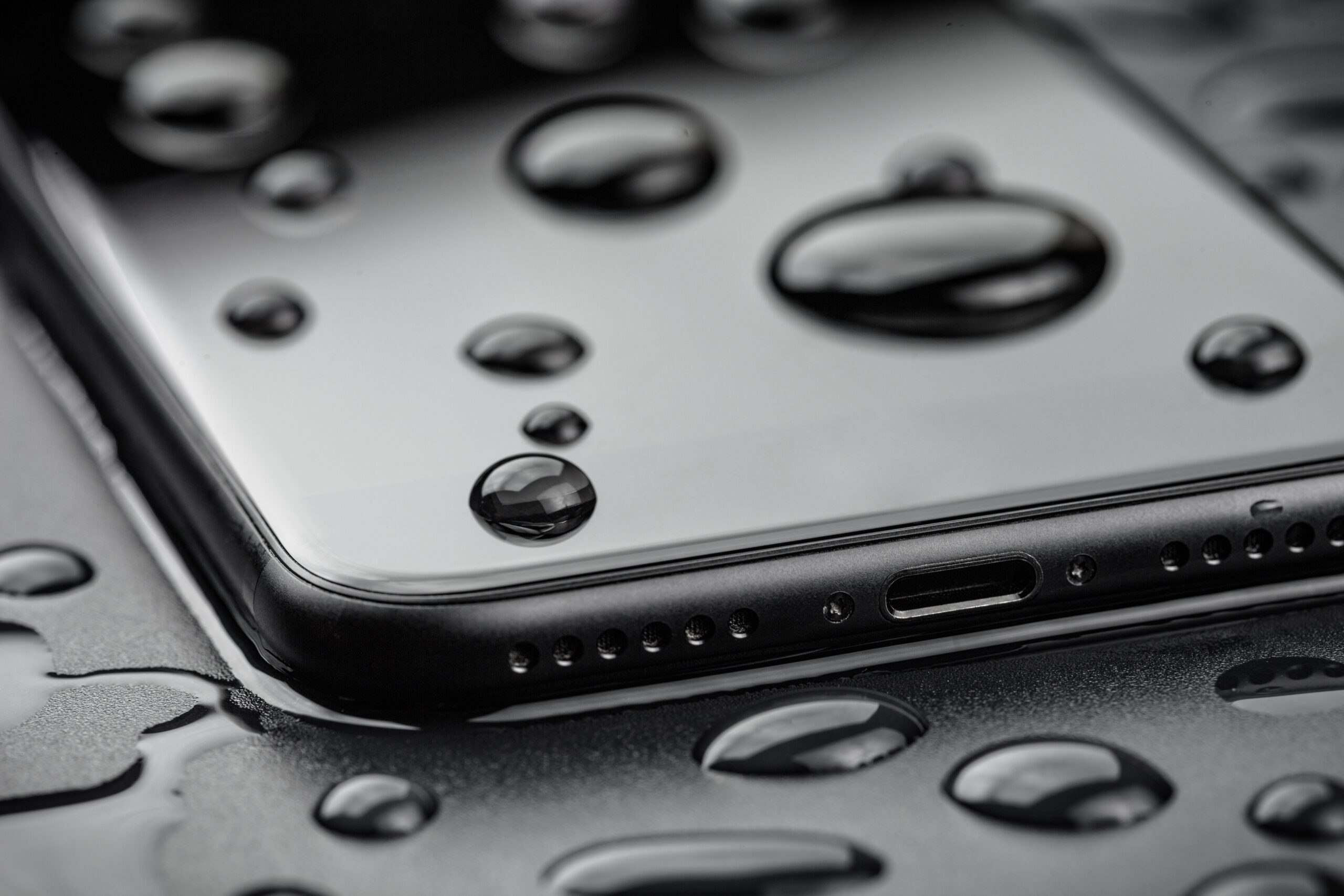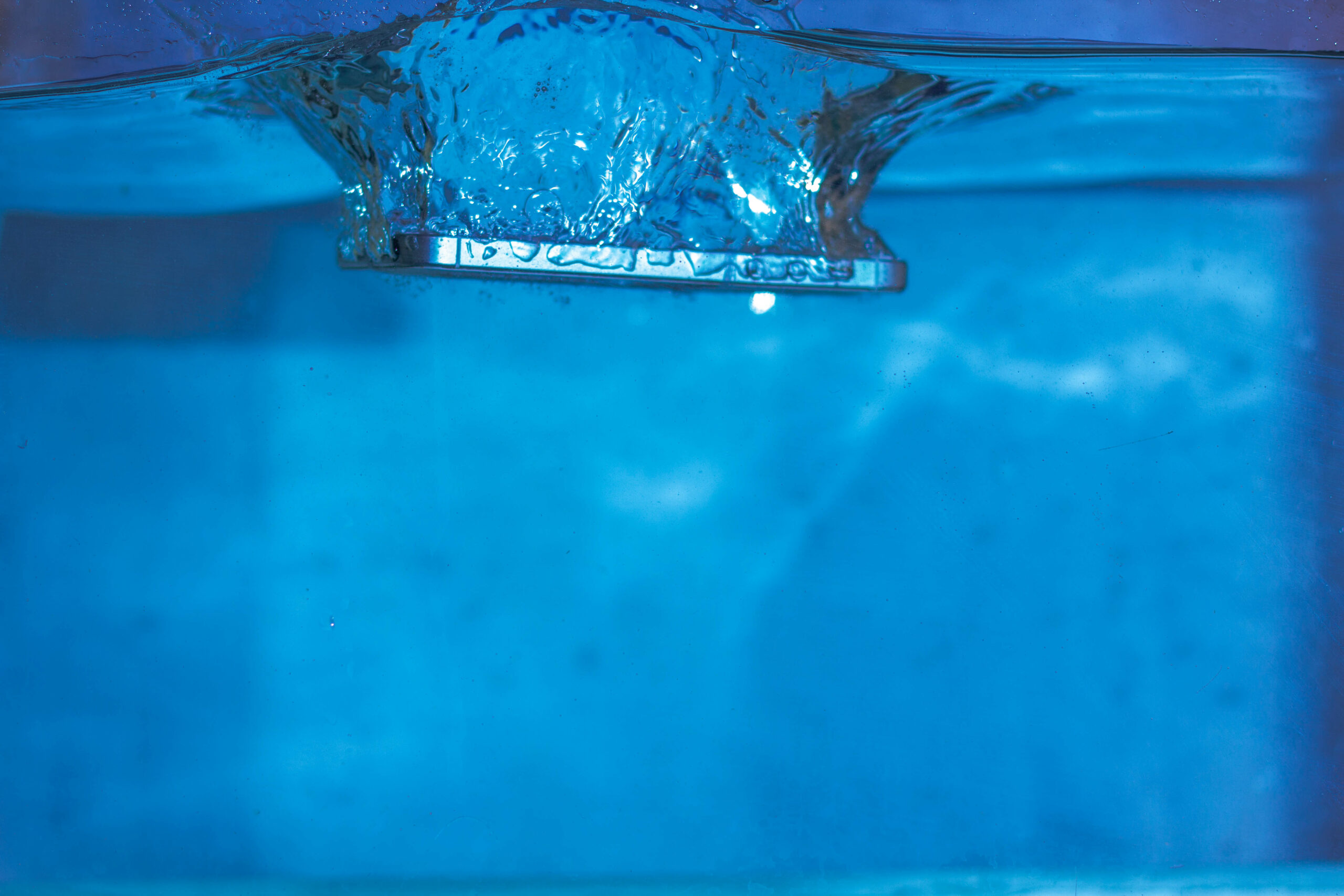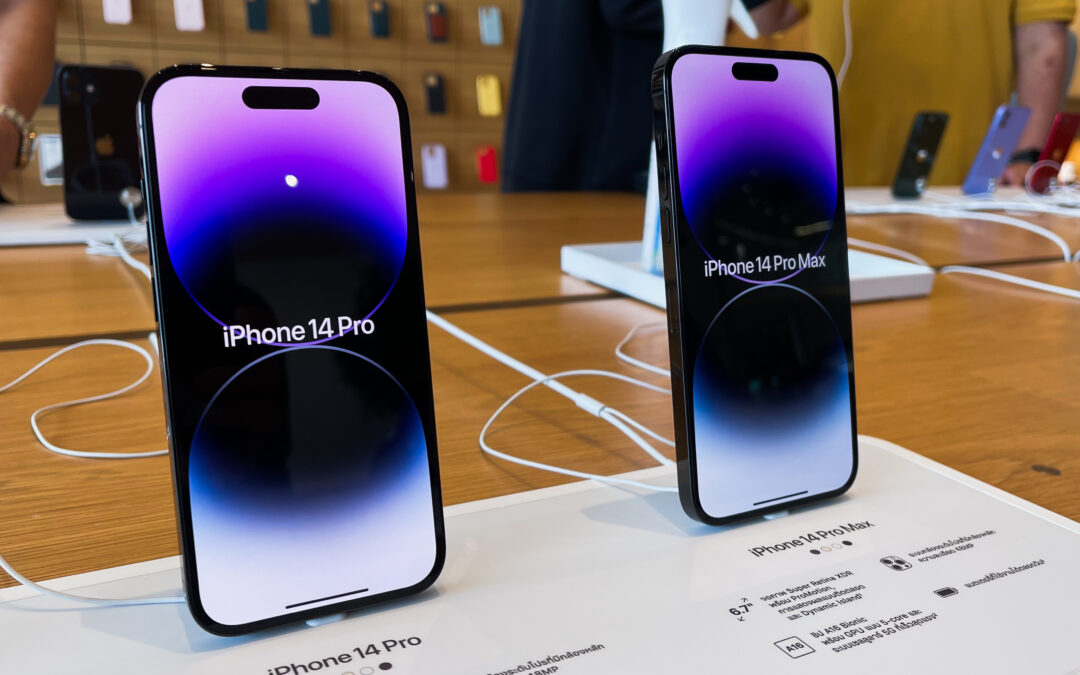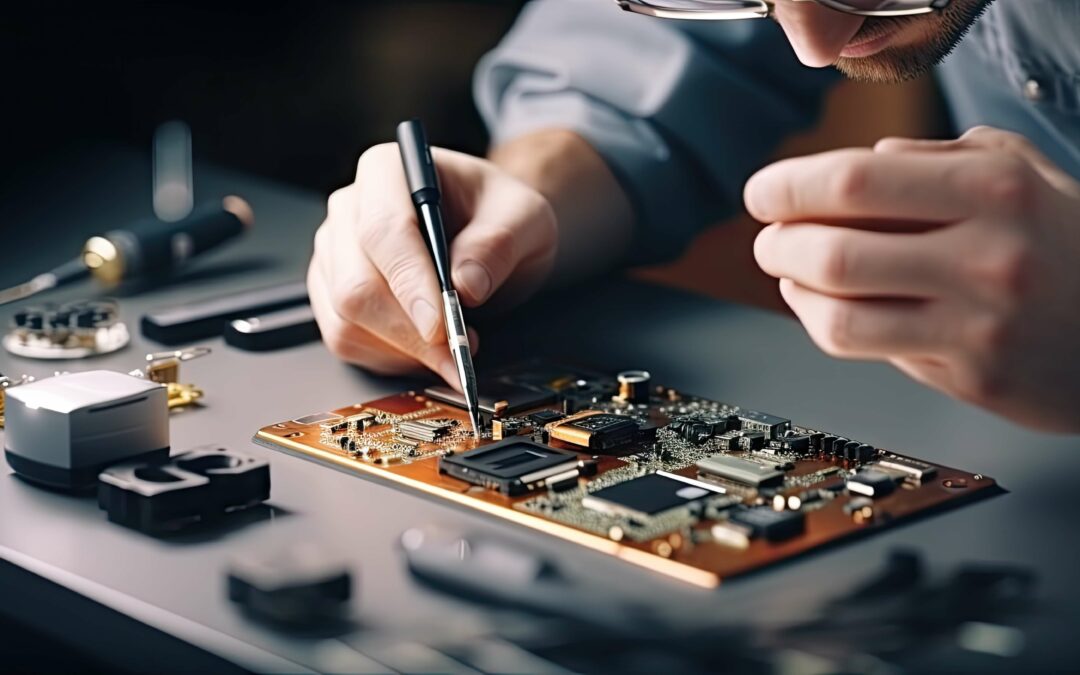With technological advances soaring through the clouds, our smartphones have evolved into durable champions. They combat dust, endure accidental drops, and face one of their most formidable adversaries: water. But does your phone genuinely offer waterproof capabilities, or is it merely water-resistant? To protect the longevity of your phone, early detection and intervention of water exposure can minimize damage. Let’s navigate the intricacies of smartphone waterproofing and dispel some misconceptions.
The Difference Between Waterproof and Water-Resistant
Before diving in, it’s crucial to understand the distinction between these two commonly mistaken terms. At a glance, both seem to suggest a level of protection against water. However, upon closer examination, the subtle nuances between them become more evident. These differences, when understood correctly, can help smartphone users make informed decisions about handling their devices around water and purchasing protective accessories.
Waterproof
Waterproof means the device can completely block the entry of water, rendering it impermeable under specific conditions. However, no smartphone today can claim 100% waterproofing due to various factors we’ll explore below.
Water-Resistant
Water-resistant devices can prevent water ingress to a certain degree but not entirely. They’re designed to resist the penetration of water under certain conditions, but prolonged exposure or submersion might cause damage.
IP Ratings – The Standard Measure
In our tech-centric lives, the devices we rely on must withstand daily challenges, especially those posed by dust and water. Enter the Ingress Protection (IP) rating system—a standardized scale that provides users with a clear understanding of an electronic device’s defense mechanisms. As we move towards a future where ruggedness and reliability of electronics are paramount, IP ratings have emerged as an indispensable tool for consumers.
Decoding the Numbers
The Ingress Protection (IP) system might seem enigmatic at first, but once you grasp its structure, it becomes an invaluable tool in assessing device durability.
The Structure of the IP Rating System:
Each IP rating comprises two digits following the “IP” prefix. The first digit represents protection against solid particles (like dust), while the second digit conveys protection against liquids (like water). Both numbers range from 0 (no protection) to 6 or 8 (maximum protection), depending on the category.
Understanding Dust Protection (The First Digit):
Dust can be a formidable enemy for electronics, clogging ports, affecting performance, or causing complete device failure. The scale for dust protection is as follows:
- 0: No protection.
- 1: Protection against objects larger than 50mm (e.g., a hand).
- 2: Protection against objects larger than 12.5mm (e.g., fingers).
- 3: Protection against objects larger than 2.5mm (tools, thick wires).
- 4: Protection against objects larger than 1mm (most wires, screws).
- 5: Dust protected; limited ingress that doesn’t interfere with operation.
- 6: Dust-tight; complete protection against dust.
Devices rated IP6X offer the best protection against dust, ensuring that no particles can infiltrate the device.
Understanding Water Resistance (The Second Digit):
Water poses a significant threat to electronics, with the potential to short-circuit components or corrode parts. Here’s the breakdown for water protection:
- 0: No protection.
- 1: Protection against vertically dripping water (like light rain).
- 2: Protection against vertically dripping water when tilted up to 15°.
- 3: Protection against sprays of water from any angle up to 60° from vertical.
- 4: Protection against splashing water from any direction.
- 5: Protection against water jets from a nozzle in any direction.
- 6: Protection against powerful water jets or heavy seas.
- 7: Protection against immersion in up to 1 meter of water for up to 30 minutes.
- 8: Protection against extended immersion beyond 1 meter, typically specified by the manufacturer.
For instance, a smartphone with an IP68 rating is both entirely dust-tight and can survive prolonged immersion in water beyond 1 meter. However, the exact depth and duration would depend on the manufacturer’s specifications.
Limitations of the IP Rating System:
It’s crucial to understand that IP ratings only provide general guidelines. Actual device performance can vary based on factors like wear and tear, device age, and the specific conditions of exposure. Also, the IP rating system doesn’t account for other factors like chemical exposure or saltwater corrosion.
Factors Affecting a Phone’s Water Resistance
Wear and Tear
Our phones are constantly subjected to the stresses of daily life. From the numerous times we pick them up and put them down, to those occasional drops and bumps, wear and tear are inevitable. Discover our advanced phone repair solutions to enhance your device’s performance.
Extreme Conditions
Smartphones, like all electronics, have operational limits. Exposing them to conditions beyond these limits can adversely affect their water resistance. Excessive heat can warp and damage the materials used in phones. Seals and gaskets can soften or deform, reducing their effectiveness. Leaving a phone in direct sunlight on a hot day, for instance, can have detrimental effects.
While many water-resistant phones can handle submersion, they’re not necessarily designed to withstand high-pressure water streams, like those from a faucet or a pressure washer. Such conditions can force water into places where typical immersion wouldn’t.
Swimming pools, seawater, and even soapy water have chemicals or salt that can corrode and damage a phone’s protective barriers over time. Even if a device survives an initial dip in these environments, the residues left behind can continue to harm the device’s seals and components.
Testing Water Resistance at Home? Think Twice.
The allure of new phone features is powerful, especially when they promise resilience against accidents and the elements. Modern smartphones and their touted water-resistant capabilities can be particularly enticing, leading many of us to contemplate the idea: “Should I test my phone’s water resistance myself?” Before you rush to plunge your device into a bowl of water or take it for a swim, consider why conducting a homemade water resistance test might not be the best idea.
Even if your phone seems fine immediately after your “test,” water damage can be insidious. Moisture trapped inside might corrode internal components over time, leading to eventual malfunctions days or even weeks later. Ensure you check your device’s health and reach out for professional repair services at the earliest signs of malfunction.
How to Handle a Wet Phone
Despite the leaps in technology that grant our phones a level of water resistance, accidents still occur. Perhaps it was an unexpected push into a pool, a spilled beverage, or a sudden downpour while texting. When your supposedly water-resistant phone meets water unexpectedly, immediate and informed action can make all the difference in salvaging the device.
- Switch Off and Disconnect: The first and most crucial step is to power off the device immediately. If the phone is plugged into a charger or connected to any other devices, disconnect it right away. Electricity and water are a dangerous mix, and turning the device off can prevent short circuits and further damage.
- Remove External Components: Gently take off any case or screen protector. If your phone design allows, remove the SIM card, memory card, and even the battery (though many modern phones have non-removable batteries).
- Gently Wipe Down: Using a soft, lint-free cloth, gently pat down the phone to remove any visible droplets of water. Avoid rubbing, as this might push water further into ports or gaps.
- Evacuate Ports and Trays: Remove any SIM or memory cards and open any available ports.
- Avoid Heat: Steer clear of blow dryers or radiators, as heat can damage internal components.
Summary: Drenched in Reality
The concept of a waterproof phone is tempting but remains a stretch in today’s technological realm. While many phones are impressively water-resistant, true waterproofing remains elusive. Always exercise caution, understand your phone’s limits, and cherish its capabilities.
There you have it—an informative deep dive into smartphone waterproofing. Always remember to cross-check your phone’s specifications and handle it with care to ensure longevity and optimal performance.

